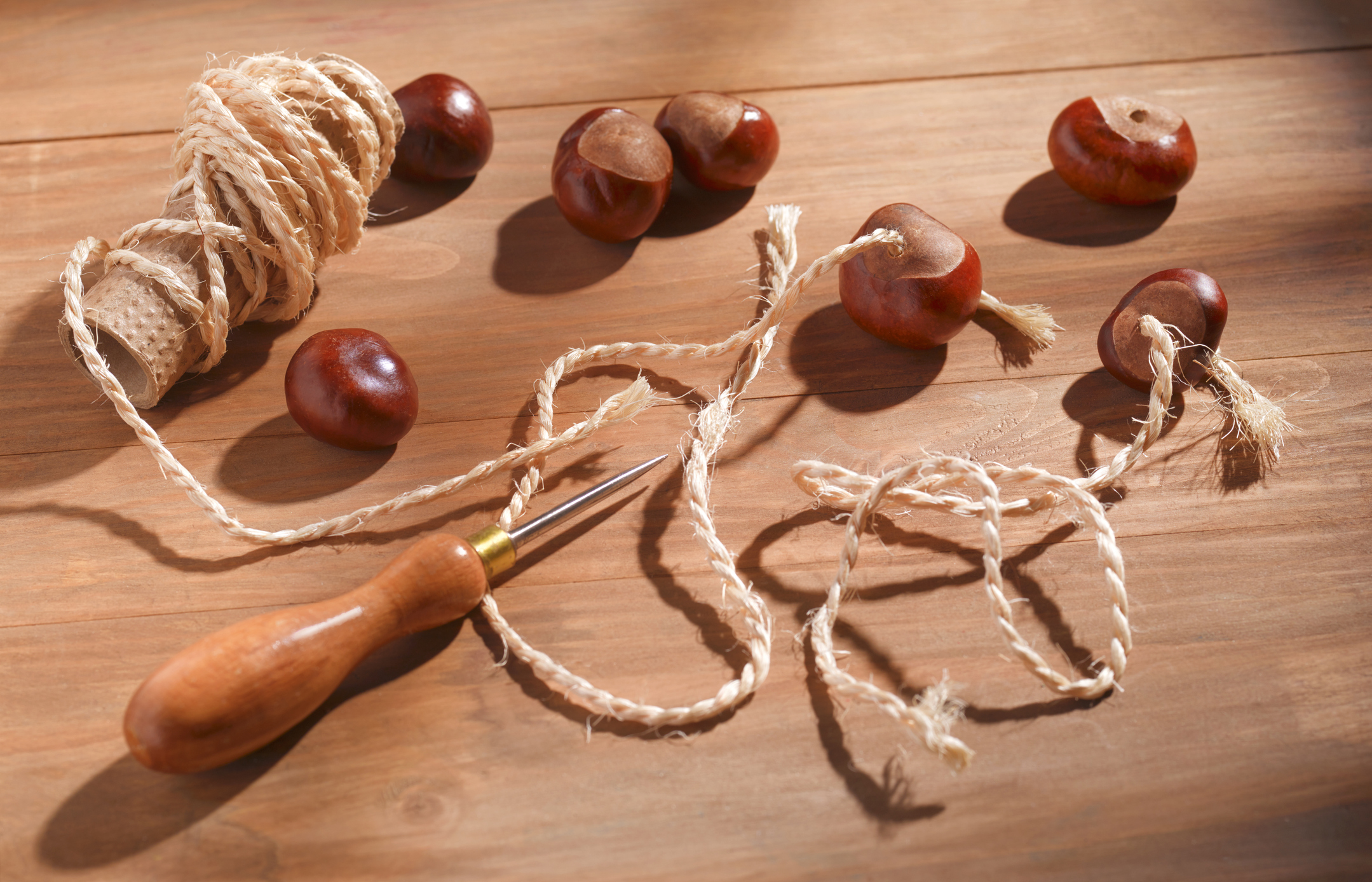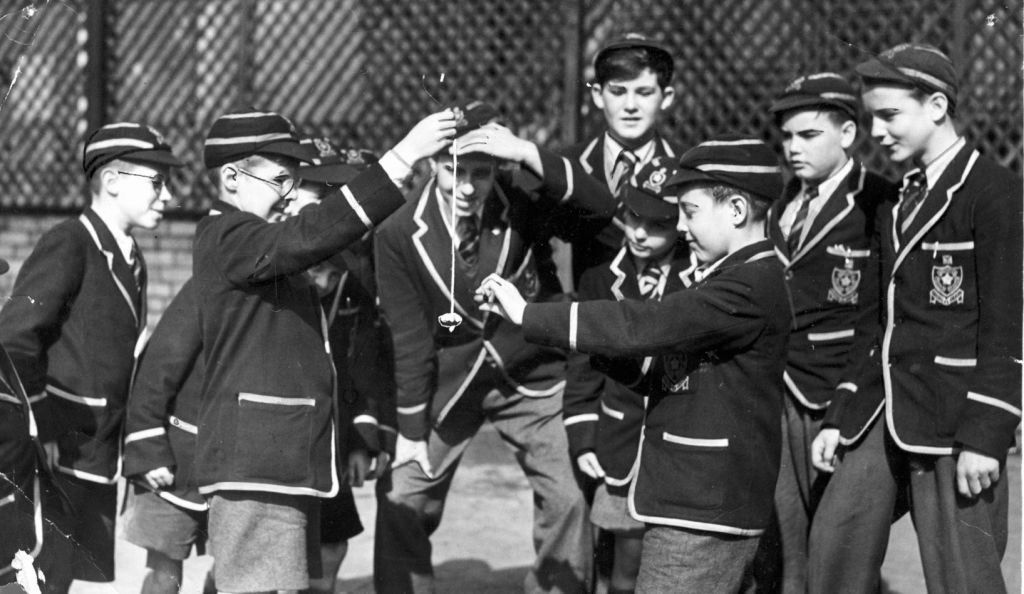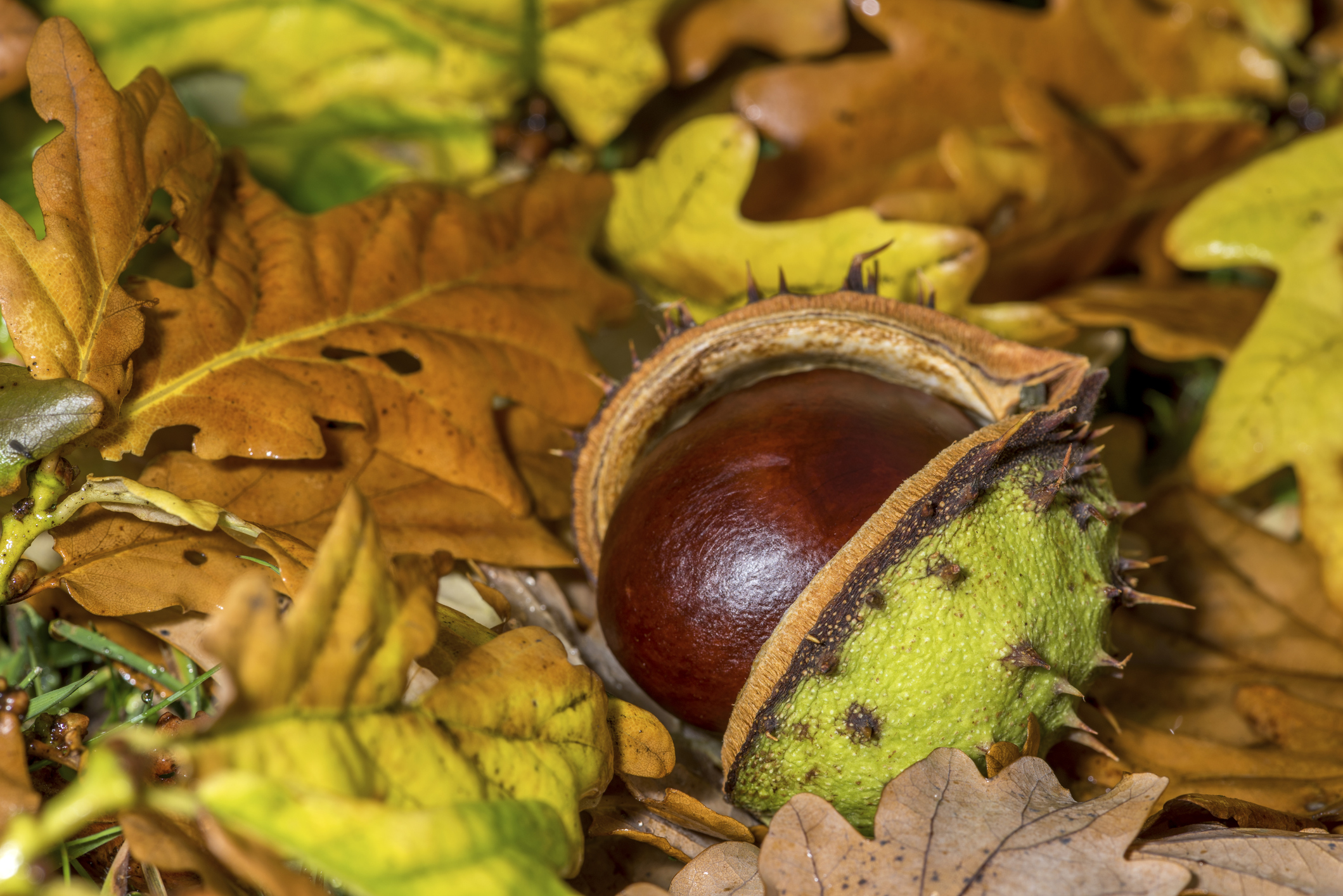Curious Questions: How to win at conkers
Few games rival conkers for sheer excitement. Simon Lester ponders the merits of round-topped nuts versus flat-sided cheesers and exposes the nefarious tricks some use to win at all costs.

Autumn is in the air and with it comes a sense of nostalgic, childhood anticipation for the conker season. Even now, many of us have an inexplicable appreciation for a shiny new conker — a beautiful, deep-brown and pleasingly-round orb that’s a seasonal treat of the senses. Alas, it’s perhaps old — rather than young — boys and girls who tend to get excited these days, as this fine old playground game has fallen foul of excessive health-and-safety precautions.
If I cast my mind back to the carefree days of my own childhood, you were more likely to hurt yourself or one of your friends by collecting conkers than by playing the game itself. We village lads knew all the best ‘conkering’ spots, the trees that yielded the biggest, glossiest beauties. The danger came when you saw the forbidden fruit, hanging still encased in its spiky shell, unblemished and unseen — it simply had to be bigger and rounder than any found on the ground.
To get these green Sputniks down to earth, a barrage of sticks and stones would be launched upwards, but what goes up must come down and the conkering excursion could well end with a bump or a stitch or two. Nonetheless, this was a small sacrifice for a carrier bag of a couple of weeks’ entertainment. There may have been a slipping hazard, too, as the playground would be littered with the shattered remnants of would-be champions.

You could be forgiven for thinking of conkers as an ancient country pastime, but it isn’t. Conker trees or horse chestnuts (Aesculus hippocastanum) were introduced to the UK in the late 16th century from Turkey. The first recorded game of conkers was on the Isle of Wight in 1848. However, as a version of the game was once played with the native hazel or cobnut (Corylus avellana), those contests may have been ancient, as these are extremely hard nuts to crack and games must have lasted a long time.
The playground rules of conkers are quite straightforward. You would pick what you thought was your best-looking nuts. I preferred a round one with a domed top. Others chose conkers with a flat side, sometimes called ‘cheesers’, formed by multiple conkers packed in the shell like Dairylea cheese. The thinking being that they would deflect a direct hit, before the flat side delivered a harder hammer blow.
Whatever the shape of your conker, a hole was bored through the centre, then most were strung on white butcher’s string or a shoelace with a good knot to support the prospective champ. A quick ‘ibble obble black bobble ibble obble’ out would decide who made the first three hits. The hitter wound the string around the hand to shorten it and make the strike more accurate, holding the conker between two fingers, taking aim in a downward motion, releasing the projectile at the same time.
It was the duty of the dangler to hold their charge still and unflinching — any movement would result in a free hit. Players would take it in turns, with regular conker inspections being made until an eagerly anticipated crack was observed, that widened with each ‘hit’, until one unfortunate sphere would be smashed to smithereens.
Exquisite houses, the beauty of Nature, and how to get the most from your life, straight to your inbox.
If the hit was not clean and the strings ‘snagged’, that also triggered a free hit — but for the dangler.

As for how to win? A good conker, nerves of steel and a keen eye for a hit are all you need. And while the latter two can be practised, ensuring you have one of the former is a tougher proposition.
In all sports and games, the desire to win can drive some folk to nefarious deeds and conkers is not immune to this unscrupulous behaviour. Baking the nut in the oven, soaking it in vinegar, coating it in nail varnish — or even floorboard varnish — were all said to help, either by increasing hardness or reducing brittleness. Some even resorted to using the previous year’s surviving champion conkers; quite amazing the depths plumbed by playground cads.
For those refusing to indulge in the conker world's equivalent of performance-enhancing drugs, it's worth remembering that conkers, like humans, come in all shapes and sizes — and it is a mistake to stereotype the winning size or shape. My best conker, which I christened William, was nothing special to look at, but it was a tough nut that I eventually retired as a ‘twentyoner’.
As for how William reached that heady total, the scoring system worked like this: A new conker, also called a ‘nonner’, would, on victory, become a ‘oner’ if the opposing conker was a ‘nonner’. However, if the opposing fruit was a battle-hardened ‘threer’, then the former ‘nonner’ would become a ‘fourer’ and so on.

Although it’s less popular than it used to be, I am pleased to say that this marvellous autumnal combat has not been relegated to the history books: a world championship has taken place in Northamptonshire almost every year since 1965. Having grown from small beginnings, when an aborted fishing trip led to its conception, it attracts competitors from around the world and has raised more than £420,000 for charity. And rightly so.
Giving folk the opportunity to play conkers, as I do via annual ‘Conker Cancer’ events, held in local pubs and bars, lets out their inner child — and, by charging a couple of pounds per conker to compete, is a great way to raise money for a worthy cause.

Credit: JazzLove / Alamy
Farming, the countryside and Brexit: 'If the 287 million dairy cows in the world were all as efficient as ours, we might get somewhere'
Kate Green reports back from the Oxford Farming Conference, where farmers, environmentalists and the DEFRA secretary locked horns on the

In Focus: How Roald Dahl's love of the countryside shaped his life's work
The countryside filled the Matilda author Roald Dahl with joy and proved a constant source of inspiration, as Matthew Dennison

Our countryside is utterly magnificent — now is the time to find the will to save it
James Fisher reports back from the Future Countryside conference at Hatfield House.

Credit: Paul Roberts/Picfair
50 great things to do in Britain that won't cost you a penny
From moonlight to museums, birdsong to the Old Bailey, Kate Green and Giles Kime find 50 gloriously free things to